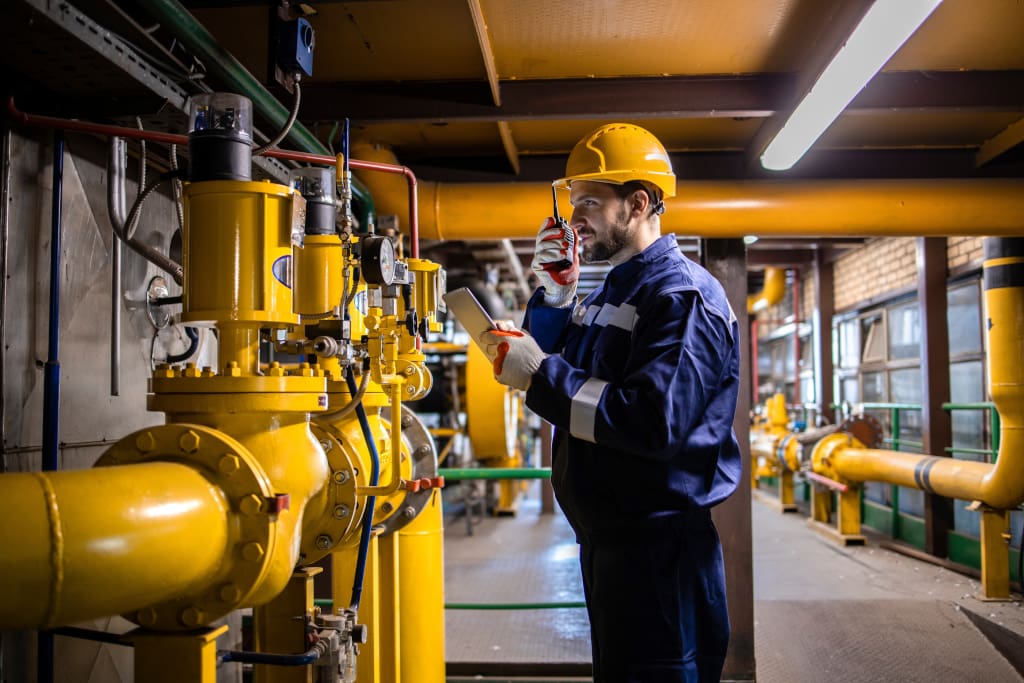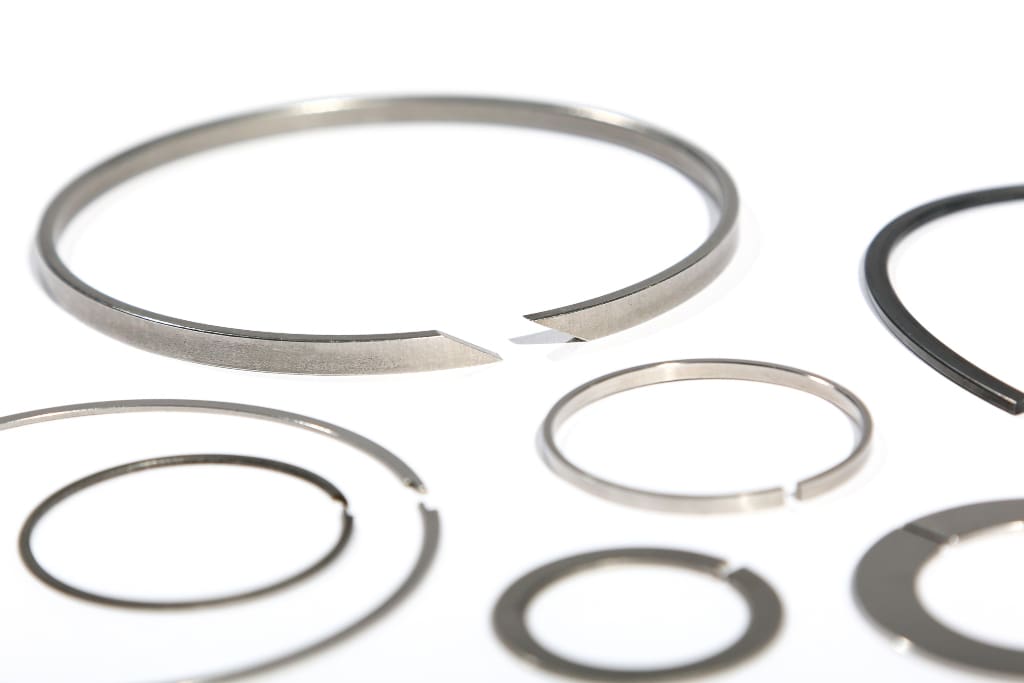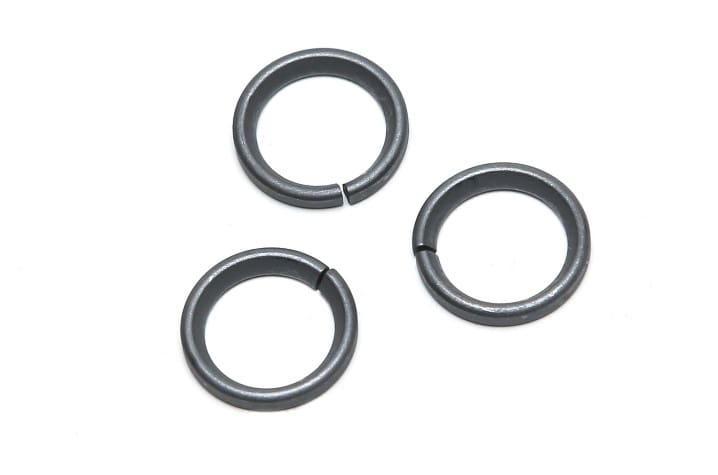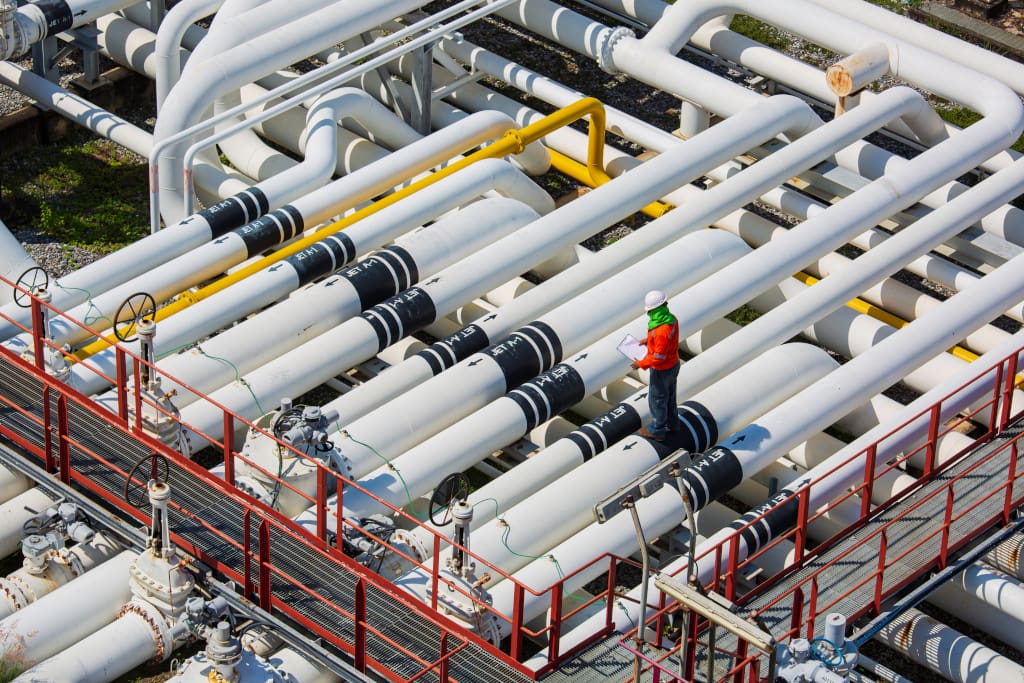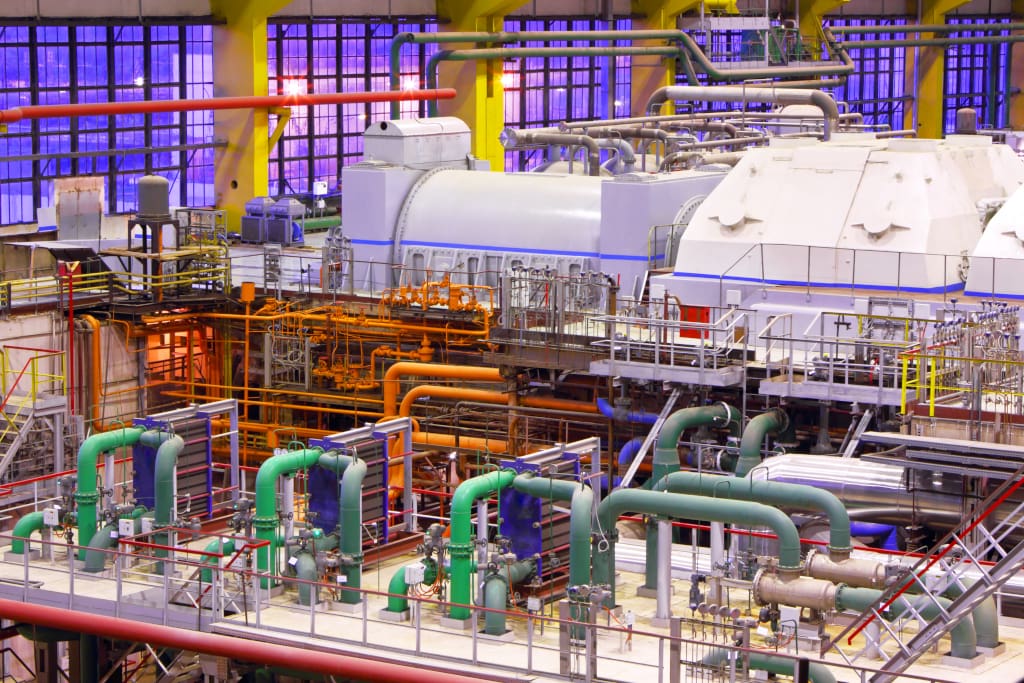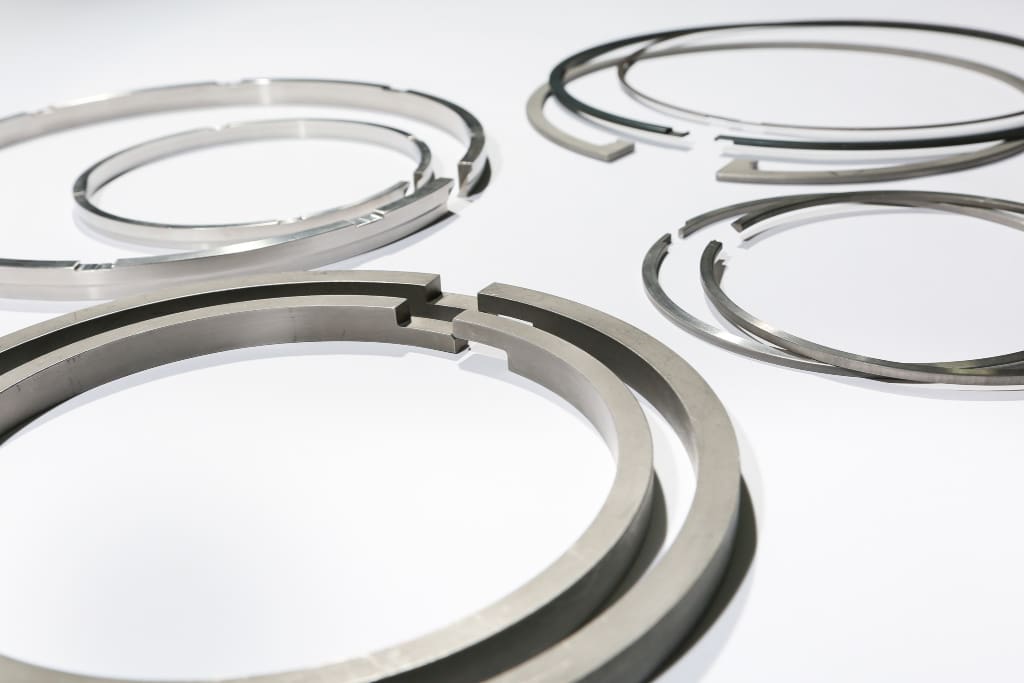
Metal Valve Seals, getting to grips with Fugitive Emissions
The climate crisis is a critical area of concern for governments, businesses and individuals worldwide. The urgent need for action is made clear when considering rising temperatures, extreme weather events and food and water insecurity. The Paris Agreement of 2015 set warming limits to below 2°C, and ideally 1.5°C, to avoid catastrophic impacts of climate change. Since that agreement, governments have reconfirmed the importance of this, such as at the
